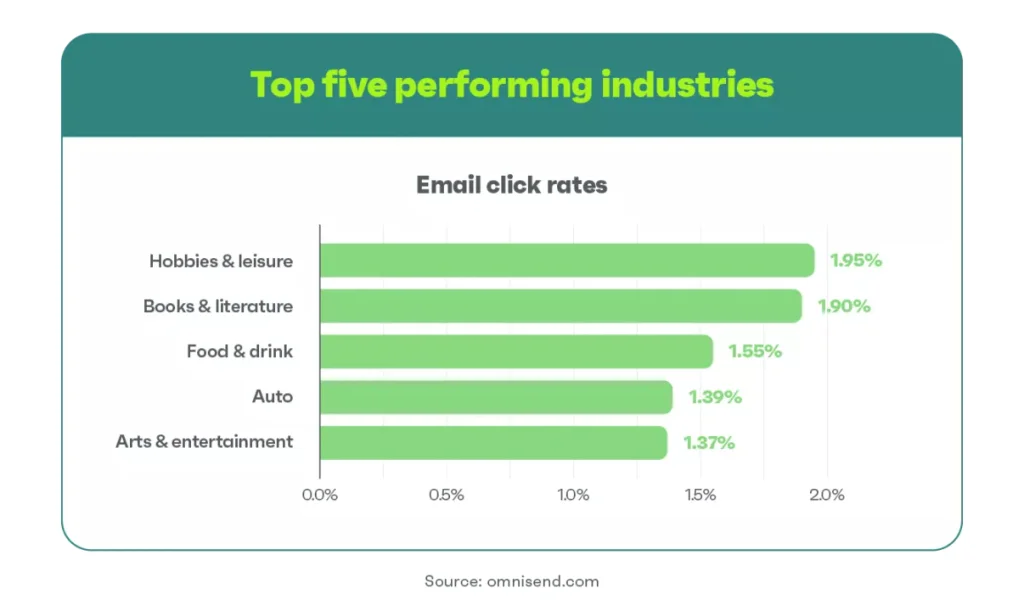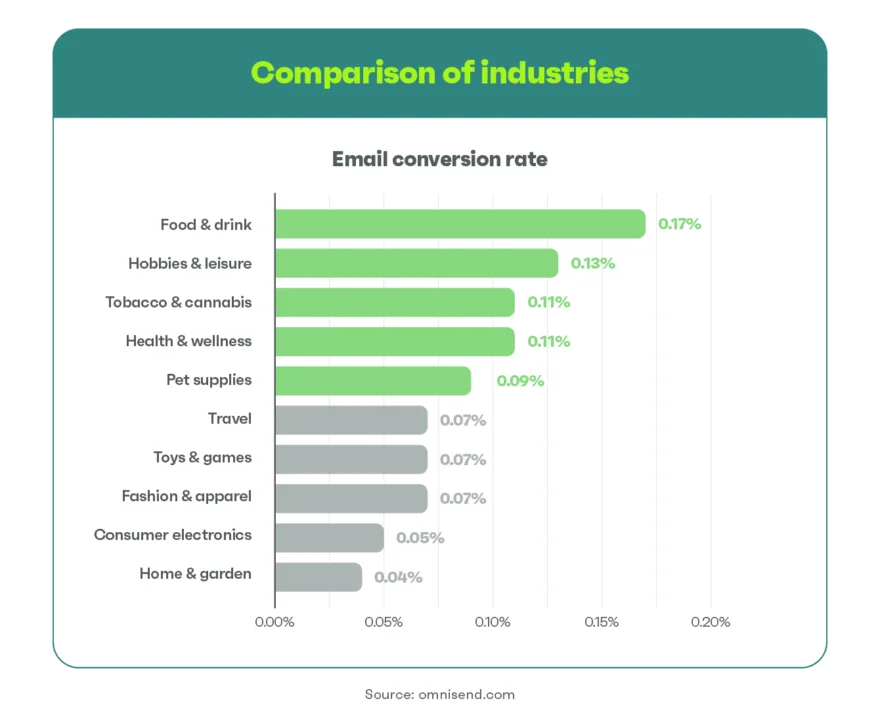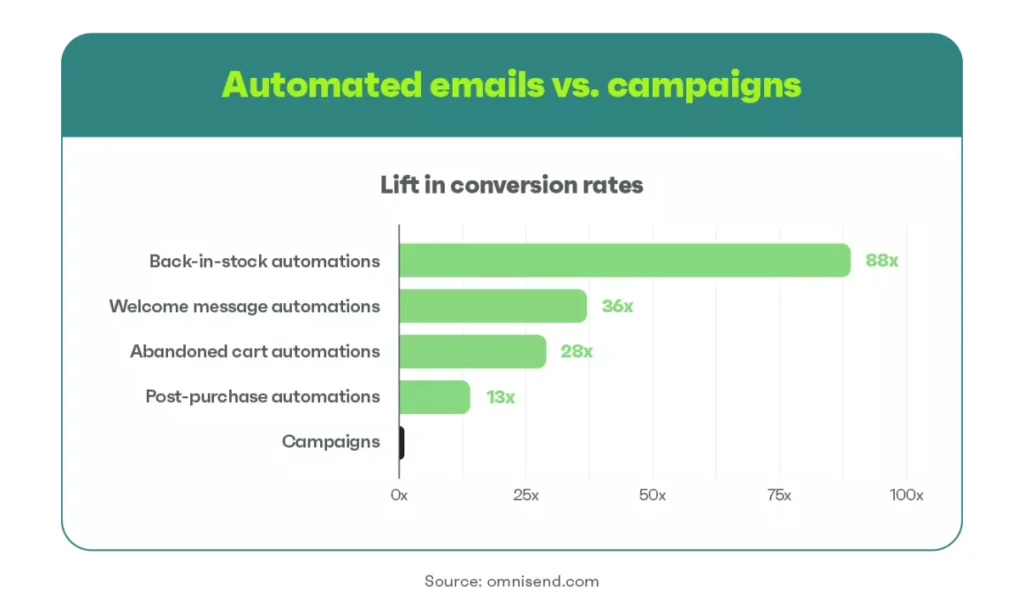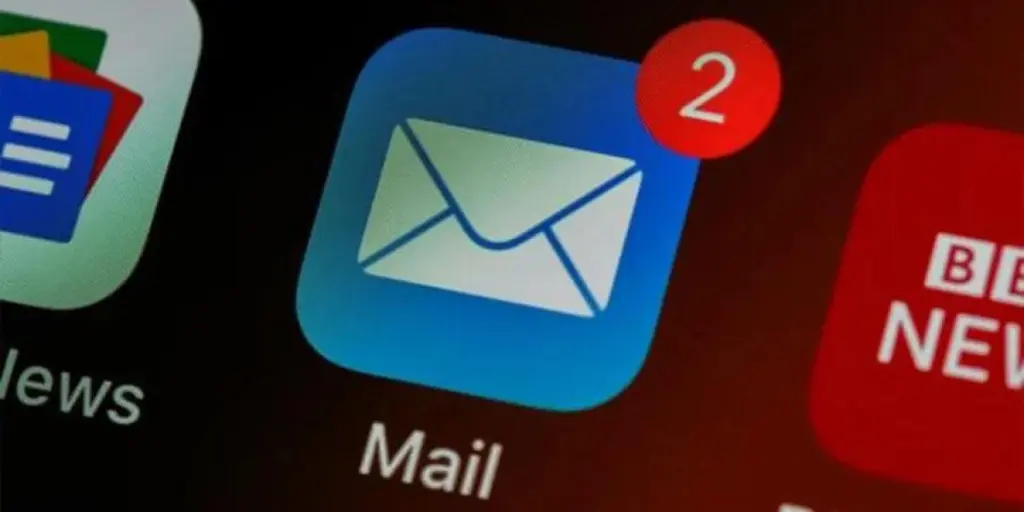2022 was an interesting year, revealing the start of challenges that are expected to continue through 2023.
Among these challenges are war, global inflation, continued threats of a recession deep into 2023, and, for marketers, increased costs of digital advertisements with lower performance than previous years.
CPM has increased 108% on Google and YouTube, while there has been an 89% rise in the cost of Facebook ads. In our BFCM 2022 report, we found that the volatility in ads had encouraged brands to rely more heavily on owned channels like email and SMS, and that these channels were more effective than ever.
For our new analysis, we looked at over 17 billion emails, 107 million SMS, and 207 million web push messages sent by Omnisend merchants in 2022. In this article, we’ll analyze the performance of all three channels, look ahead to what brands can expect in 2023, and share tips on how to achieve your goals.
Food & Drink brands came out on top
When it comes to owned marketing channels, email remains the biggest fish in the pond. It’s not only the most popular channel, it’s also the most effective, generating an average ROI of $36 for every $1 invested.
Moreover, a comprehensive analysis of billions of email campaigns conducted through Omnisend found that in 2022, US-based Omnisend customers experienced a remarkable email ROI of $72 for every single $1 spent, further emphasizing the email’s value and efficiency.
In 2022, US-based Omnisend customers earned $72 for every $1 spent
With an expected contraction in consumer spending habits and paid media getting more expensive than it used to be, email marketing might be the most important and valuable channel available.
Here, we looked at which ecommerce industries had the best and worst performance in 2022. With that, we can get performance benchmarks such as average click rates.
The top five performing industries all exceeded the overall average conversion rate of 0.08% (conversion rate is the percentage of all recipients who took a desired action, such as making a purchase). Food & Drink emails were so effective that they converted at more than double—with Hobbies & Leisure not far behind:

This changes when we consider other statistics, though. For example, if we look at click-to-conversion instead (those who clicked a link inside the email and then took a desired action), the overall rate for all companies is 6.74% and the top five industries are:

Food & Drink slips to second place, while Tobacco & Cannabis takes the top spot. But both Hobbies & Leisure and Pet Supplies disappear completely.
A similar thing happens when we look at click rates (the percentage of recipients who clicked a link inside the email). The overall average was 1.2%, and the top five industries are:

Hobbies & Leisure not only makes a reappearance but tops the list, while three new industries appear: Books & Literature, Auto, and Arts & Entertainment.
The only industry to be in the top five of each category is Food & Drink. And it not only appears in each list, it is also in the top three every time.
Of course, this doesn’t guarantee that every business in this sector will be a success, but it certainly appears that consumers enjoy these emails.
Email’s worst performers
There’s a lot to be gleaned from identifying the most successful sectors, but it’s also worth looking at the lowest performers.
For email conversion rate, the following were the bottom five industries:

Does this mean these industries are inherently bad, and to make any money you should switch to one of the top performing industries?
Not necessarily.
One consideration is that the bottom five industries experience a lot of price comparison shopping, making it extremely sensitive to cost differences against competitors. Home & Garden, for example, may also involve expensive furniture items which will see lower conversion rates and longer sales cycles.
These sectors also send a high volume of emails, which can reduce the conversion rate even if overall email marketing is an effective and lucrative channel. Fashion & Apparel, for example, sent 186% more emails than Beauty & Cosmetics.
And, of course, the big factor is human behavior. Of the categories with high click rates, almost all of them offer personal enjoyment or comfort. The only exception is Auto, but that could be considered a necessity or a hobby, which would also be comfort or enjoyment.
You can apply this approach to your own messaging and marketing by aligning your products with the emotions of comfort, satisfaction, and enjoyment, regardless of your sector.
Emails: to automate or not?
Unsurprisingly, more emails were sent in 2022: Omnisend merchants sent 42.3% more than in 2021, and generated 12% more orders as a result.
In 2022, automated emails made up 31.5% of all email sales and only 1.8% of sends.
At first glance that looks encouraging, but what happens when emails are automated instead of sent manually?
Automated emails are triggered by user actions, such as joining your newsletter, making a purchase, or abandoning the cart before paying. And they’re so effective that if you’re not using them in your email marketing, you’re leaving money on the table.
How effective, you ask? Take a look:
- Automated emails perform better than email campaigns in every metric, with an 83.4% improvement in open rates, 341.1% increase in click rates, and a massive 2,270% lift in conversion rates
- One in three people who click on an automated email will make a purchase
- Despite making up only 1.8% of all email sends, automated emails generate over 31% of all email orders

Best of all, email automation is easy to set up, so if you’re not already reaping the benefits of this, it’s time to start.
SMS and push notifications continue to crush it
Almost 100 million SMS were sent in 2022, driving a 23.8% increase in orders from the channel.
But the big lesson was that sales increased even when sends decreased. For automated SMS, many brands decided to stop sending them in every workflow.
Instead, they used them only in workflows with higher purchase intent, such as abandoned carts. These messages are more targeted and have higher conversion rates, leading to an overall bump in orders despite a lower number of messages being sent.
Sometimes, less truly is more.
So, if you want an effective way to increase sales during the expected pressures of 2023, an automated SMS strategy should be near the top of your to-do list.
There’s a similar story for web push notifications:
- Over 200 million campaign push messages were sent, a 290% increase
- 18.8% lift in related orders
- Automated push messages increased 42.6%
And just like automated SMS outperformed messages sent manually, the same happened with push—compared with campaign push messages, automations had a 304% higher open rate and 825% higher click rate.
The main takeaway here is that both SMS and push are powerful channels, and brands should consider including them in automated omnichannel workflows with high shopper intent to maximize customer engagement and orders.
Recommendations
The evidence is compelling: despite the challenges of 2022—including increased costs and reduced performance from paid ads—email, SMS, and push continued to drive orders and lift revenue for ecommerce brands.
As we look ahead to what 2023 may have in store, it appears that these owned channels will be even more critical. With an expectation for consumer spending to shrink, it’s important to capture visitor contact details and build loyalty as early as possible.
Here’s how to put these learnings into effect:
- Maximize automation: in 2022, 31% of all email orders came from automated messages despite accounting for less than 2% of sends.
- Embrace SMS and push: the stats are clear that if you’re not already using these channels, now is the time.
- Emphasize value, not discounts: building customer loyalty and confidence should be a major focus if you want to thrive in 2023. This means highlight testimonials and friendly return policies, share your back story, and help customers with their purchases.
If you want to implement automation quickly and effectively, join Omnisend today and get instant access to pre-built workflows, emails, and forms.
Source from Omnisend
Disclaimer: The information set forth above is provided by Omnisend independently of Alibaba.com. Alibaba.com makes no representation and warranties as to the quality and reliability of the seller and products.



